Harvest for the World
Autumn in Europe means reaping the rewards of the land. Liz Bird rounds up 11 of the best holidays where you can dig, pick, pluck and forage your way to a superb supper
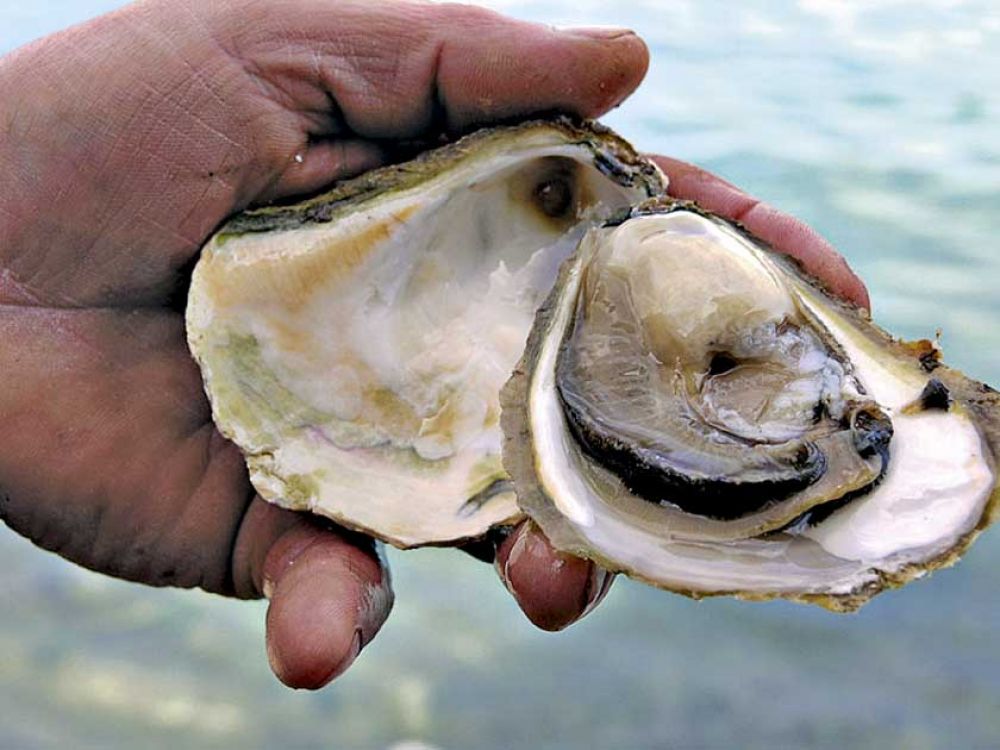
Autumn in Europe means reaping the rewards of the land. Liz Bird rounds up 11 of the best holidays where you can dig, pick, pluck and forage your way to a superb supper
Learn how to farm and shuck oysters during a visit to the seafood lovers’ paradise of Ston, an hour’s drive from Dubrovnik. Locals have been harvesting oysters in the bay of Mali Ston since Roman times. A fisherman will guide you round the farm by boat, stopping to gather oysters straight from the ocean. Savour these delectable molluscs in an on-board picnic before heading to the renowned wineries of Korta Katarina and Bartulovic to sample crisp vintages paired with local cheese. The week-long holiday also includes a visit to a family run rural estate at Cilipi, where you will be taught how to make the Dalmatian speciality peka, a dish of meat, vegetables and herbs slow-cooked under a bell-like iron dome, followed by one night in Korcula, renowned for its seafood and medieval old town.

Black Tomato’s bespoke seven-night Gourmet Croatia trip starts at £3,000 per person, including accommodation, flights, privately guided experiences and all transfers. 020 7426 9888, blacktomato.com.
If the fruits of the sea is your thing, head to the Algarve’s Ria Formosa estuary. Here you’ll find a treasure trove of razor clams, cockles and mussels beneath the fine sand of this natural park, which is a tapestry of lagoons, marshes and salt pans. Sample fish soup and razor fish rice in the whitewashed towns of Cacela Velha and Olhão, home to a colourful market and cobbled Arab medina. Join a guided walk through the dunes or take a boat trip, keeping an eye out for the long haired Portuguese water dogs which are trained to dive for fish. Don’t miss grilled sardines and plates of fresh clams at one of Olhão’s seafood restaurants. Stay at Convento, a beautifully converted house where girls working in the town’s canning industry once lived. Today the dormitories have been transformed into light-filled bedrooms.
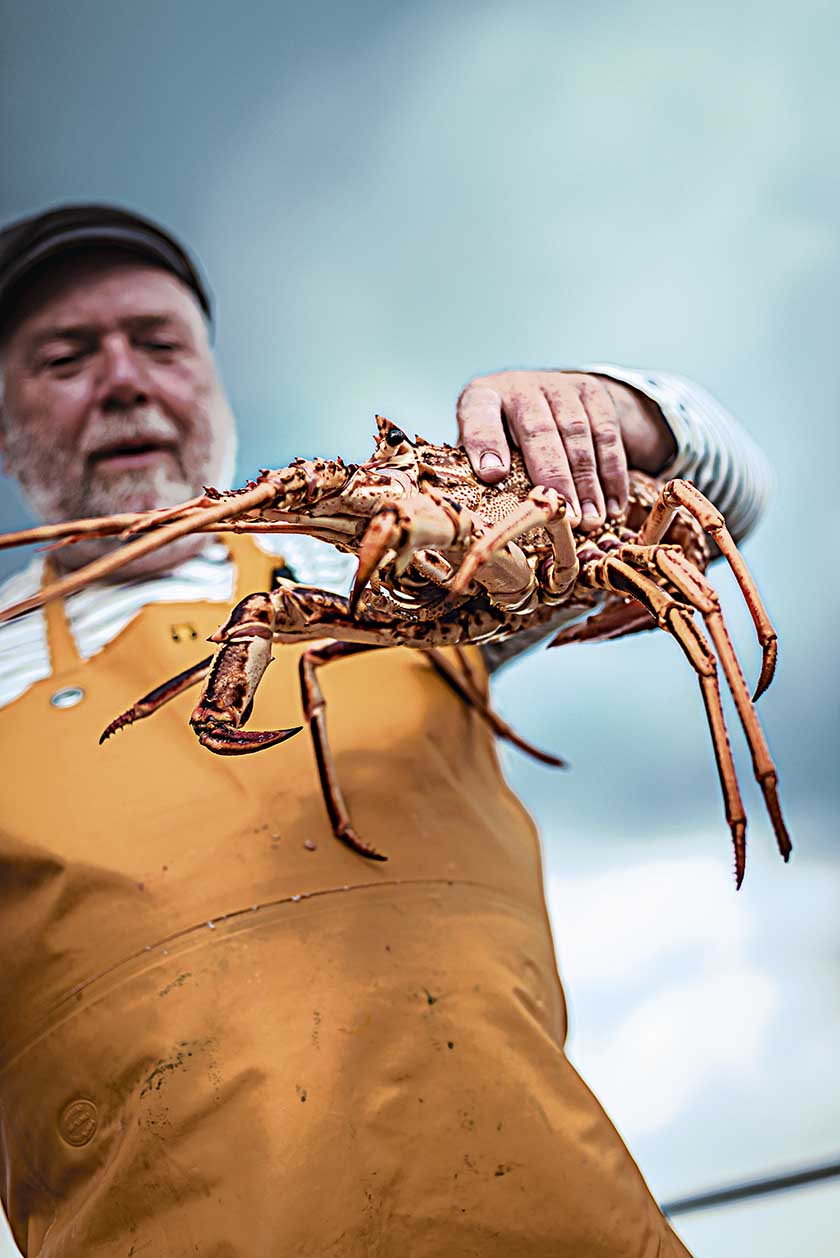
Two nights at Covento from £167, including breakfast. 00 351 912 463 233, conventoolhao.com
British Airways has return flights to Faro, 15 minutes away by car, from £104, britishairways.com
Mycologist John Wright certainly knows his fungi. The author of River Cottage books on mushroom, seashore and hedgerow foraging, he will help you identify the edible from the poisonous during this day-long ramble in the New Forest. The trip starts with a brief talk, during which John will share his extensive knowledge of Britain’s flora and fauna that he has built up over 25 years, before embarking on a three-hour forage. The New Forest puts its best food forward in October. The last of this year’s warm breezes rustle the golden leaves and bushes are laden with berries. You’ll gather common, edible mushrooms such as wood blewits and horn of plenty, as well as the wonderfully named chicken of the woods. A bucolic clearing is the perfect setting for a lunch of rich local cheeses, artisan cakes, blackberry whiskey and home-brewed beer, before a shorter afternoon forage. The trip culminates with a communal gloat over the day’s spoils (usually between 40 and 85 species). John will explain both the common and Latin names, refresh your memory of the environments in which they’re most regularly found and provide cooking tips before frying them over a wood fire and serving on big hunks of cottage loaf.
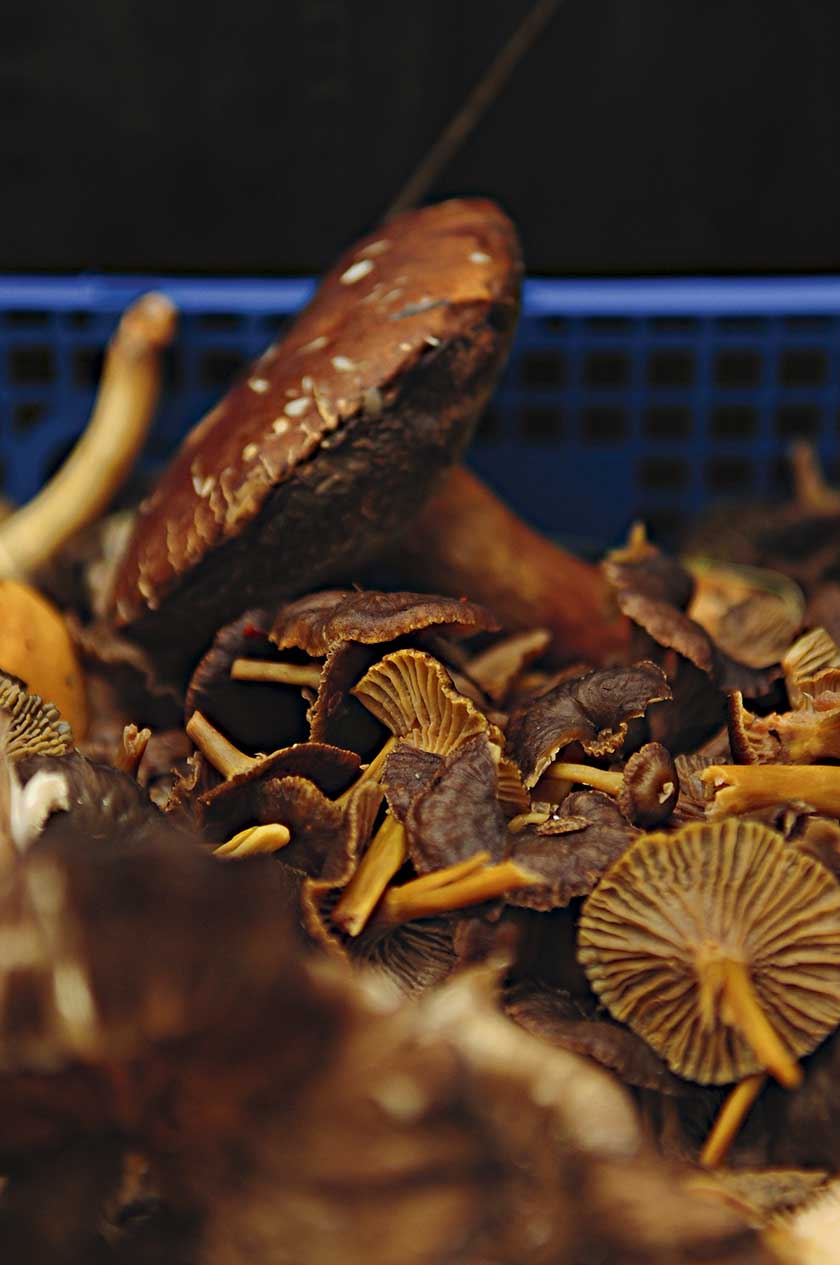
Various dates in October. Adults £70, children (aged 6-15 years) £15, under 5s free.
The prized white truffle, found from September to December, can command eye-watering prices – a Macau businessman once paid £165,000 for 1.5kg of the fungus. Therefore it’s no surprise that the closely guarded locations of truffle hot spots are handed down from father to child. Lagotto dogs are specially bred to sniff out this prized fruit of underground mushrooms that grow among the roots of trees such as oak, hornbeam and birch. You’ll spend the morning learning the secrets from a hunter and his dog in south Siena, a stone’s throw from Pisa, before enjoying a 90-minute walk in breathtaking woodland, learning the art of collecting truffles (with the help of an English-speaking assistant) and devouring a delectable truffle-based lunch. Stay in two-bedroom Villa Cignano, a stone farmhouse in Chianti with high-beamed ceilings and original terracotta floors.

Villa from £1,385 per week; truffle hunting from £307 for two people. 020 7684 8888, tuscanynowandmore.com.
The Crab & Lobster, a restaurant with rooms in West Sussex, is offering catch-and-cook breaks with the local fishermen who supply the restaurant. Spend the day on a working fishing boat in Chichester Harbour, a ten-minute drive away, looking for sea bass, skate and baby shark before bringing your catch back to the chef who will prepare it for your dinner. The 16th-century house, overlooking Pagham Harbour Nature Reserve, has four contemporary double rooms and a two-bedroom cottage in the grounds. The luxurious interiors provide a welcome contrast to the somewhat rustic fishing boat. Bedrooms are decorated in gentle duck-egg blues and misty mauves. Spend the next day exploring Chichester, with its cathedral dating back to the 11th century, Roman walls and Pallant House Gallery, which has an unusual collection of 20th-century British art.
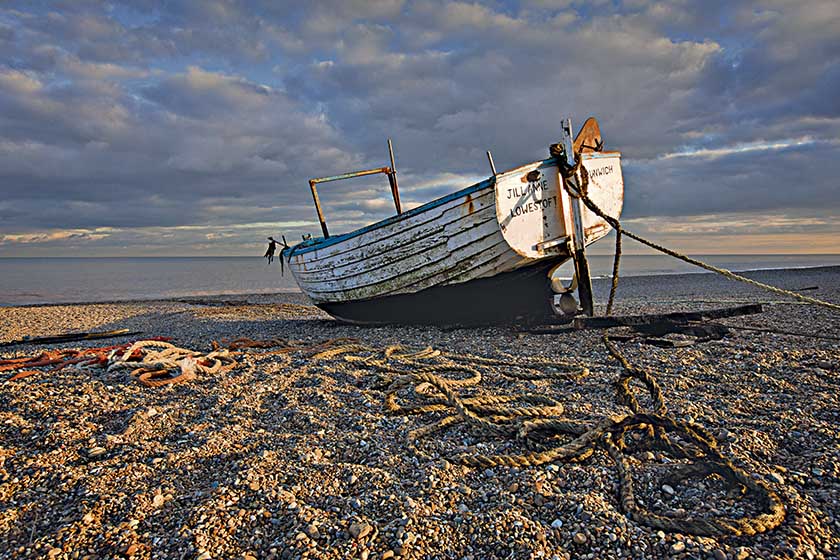
Full day fishing for four people, including equipment and tackle, from £220. 01903 714 144, deepsea.co.uk.
Doubles at Crab & Lobster from £165 per night, including breakfast. 01243 641 233, crabandlobster.co.uk.
Happy memories of scrumping as a kid? Us too. Now you’re older, do it with a farmer’s permission (and the endgame of swigging your own brew) on this residential weekend course on a farm near Alton. Start the first day by selecting the best apples from the orchard before milling, crushing and pressing them into juice. It will then be prepared for the fermentation process by adding yeast and sugar. Stay in the 17th-century farmhouse with ensuite rooms dotted with antiques and period French beds swathed in Egyptian cotton sheets. A full English breakfast, kippers or porridge is served in the vaulted oak-beamed dining room. Generally a sociable affair, cider-making groups often eat out together in the local pubs and restaurants that have been recommended by the owners. During your stay you can also visit Jane Austen’s home at Chawton, the cathedral city of Winchester or take the steam railway at Alton to Alresford.
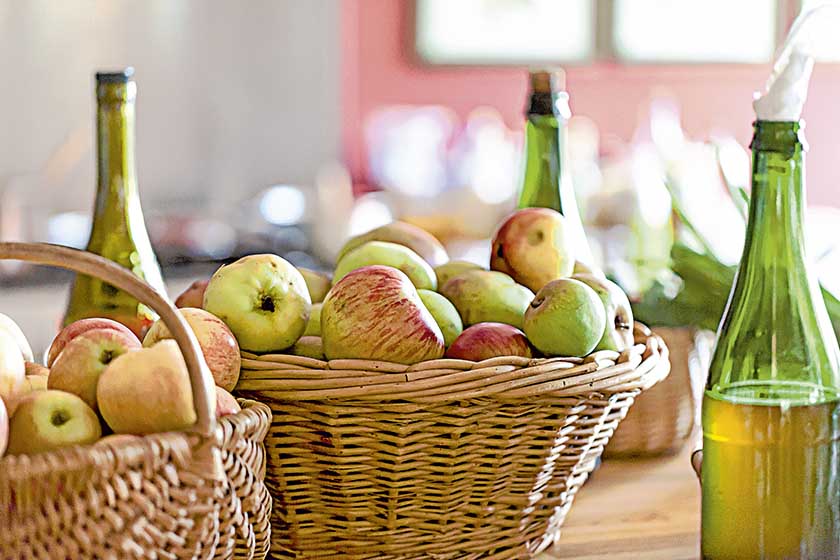
Two nights from £185 per person, based on two people sharing. 01420 542 908, upperneatham.co.uk
Scour the shoreline around Studland Bay for sea lettuce and pepper dulse seaweed (which tastes like truffle) before kayaking along the coast where you can line-fish for sea bass or use nets to snare crabs. Watch out for razor clam holes on the beach, which appear at low tide. Sprinkle them with salt and these saught- after molluscs will rise to the surface. Take your catch back to your seafront bolthole, The Pig on the Beach, where chef Andy Wright will prepare them for your dinner, alongside other local seafood such as Portland crab and Brownsea Island oysters. Choose from 23 rooms, some with roll-top baths, four-poster beds and sea or country views. A shepherd’s hut and thatched bothy in the grounds offer accomodation that’s a little different. Visit Corfe Castle and the seaside resort of Swanage on the Isle of Purbeck or strike out along the South West Coast Path.
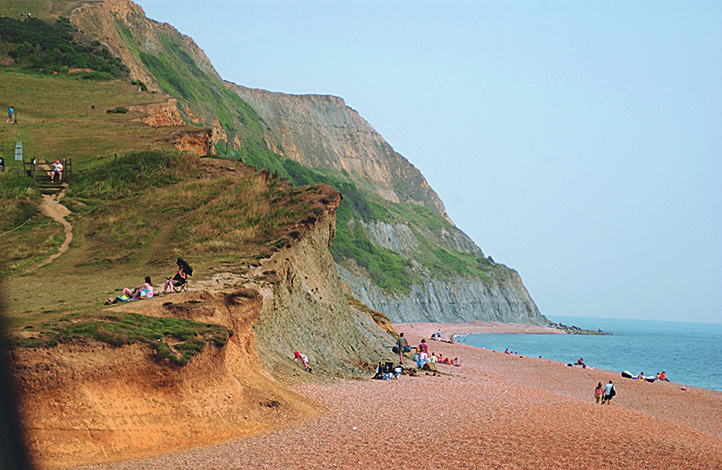
Doubles from £135, excluding breakfast. A half-day kayaking trip costs £50 per person, a full-day costs from £60 per person. 01929 450 288, thepighotel.com
Forage for bilberries, loganberries and mushrooms and go fishing at this lodge on Skärsjön lake. Kolarbyn Ecolodge prides itself on being Sweden’s most primitive hotel. Guests fend for themselves, sourcing and preparing their own food, fetching water from the well and cutting wood for the fire. All equipment for cooking outdoors is provided, as well as a few basic ingredients. Sleep in one of the 12 rustic huts with twin beds, sheepskin rugs and an open fire. Candles are used for lighting, there’s a communal bathroom and bathing is done in the lake, where you’ll also find a floating sauna. When you’re not busy looking for your lunch, try your hand at rowing or head out on one of the moose, beaver or wolf safaris.
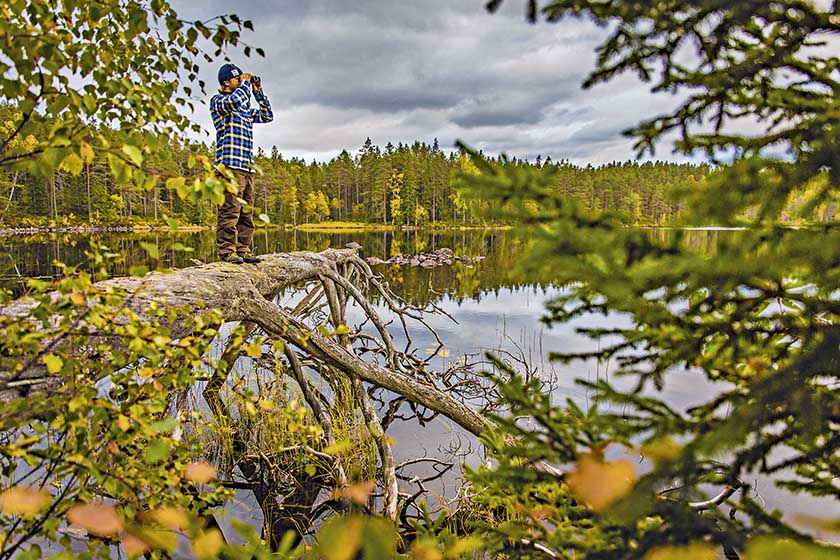
Scott Dunn’s eight-night Foraging & Fun trip costs £4,500 per person, including two nights full board at Kolarbyn Ecolodge, three nights B&B at the Ett Hem townhouse in Stockholm and three at Island Lodge, a luxury tented camp on a private island in the Swedish archipelago. Includes return flights, boat transfers and car hire. 020 8682 5080, scottdunn.com
Make like the film Sideways and spend a day picking pinot noir grapes – you can even get into the fermentation tanks and crush the skins with your feet – at the Maison Harbour vineyard in Savigny-lès-Beaune. It’s hard work but great fun, and you’ll be kept well-fuelled with regular snacks and a hearty lunch. Set up by North Americans Nicholas and Colleen Harbour, the couple produced their first wines in 2013. Base yourself at the nearby Hungry Cyclist Lodge, a converted 17th-century watermill which has five double rooms with ensuites and a pool, in Auxey-Duresses. Hire a bike from the lodge and explore some of the vineyards along the Route Touristique des Grands Crus de Bourgogne. Wine tastings and pairings can also be arranged. The table d’hôte menu might include a boeuf Bourgignon, Burgundian cheeses, an Eton mess of redcurrants and brandied cherry and local wines.
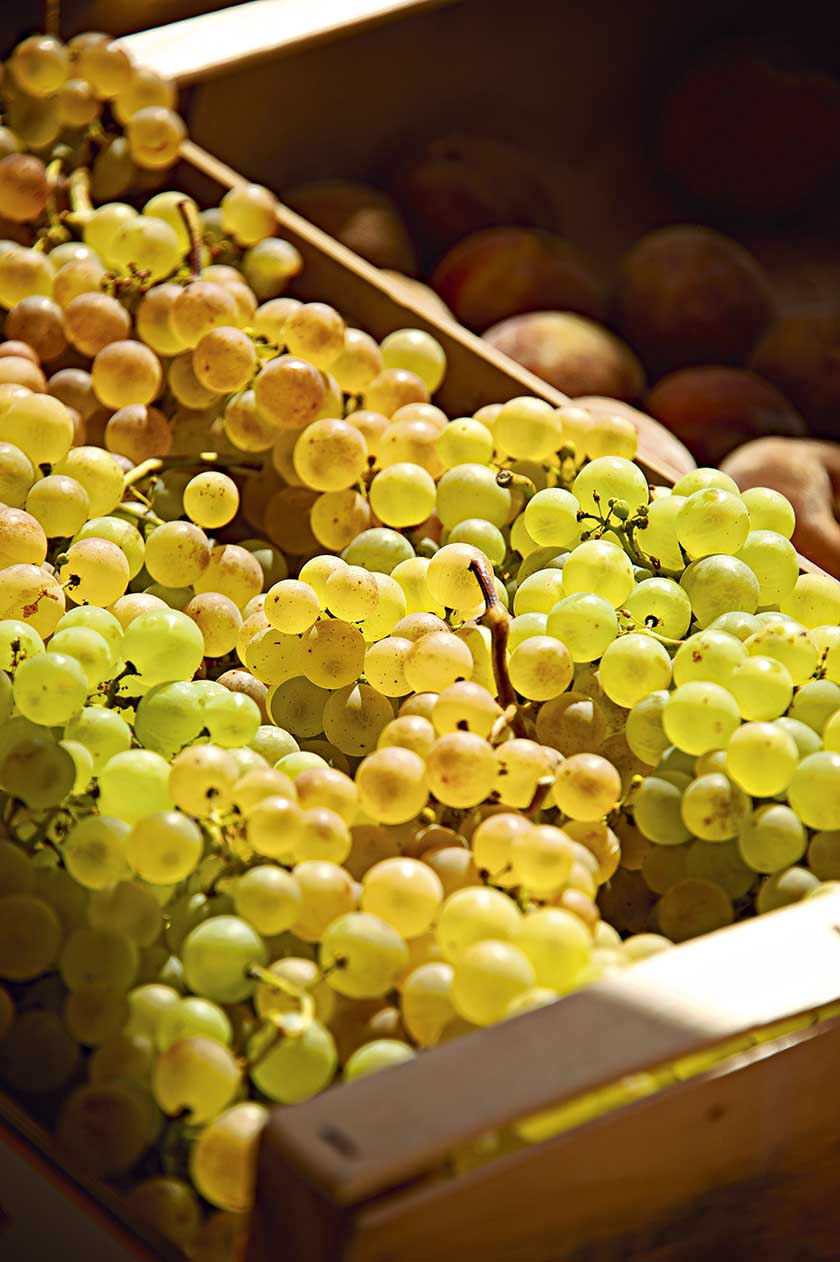
Grape-picking is free. Doubles at The Hungry Cyclist cost £104 per night, including breakfast. Minumum three-night stay. thehungrycyclist.com
If you love olives, you won’t believe how good they taste straight from the source. Each autumn, olive groves across the island are filled with people harvesting the juicy nuggets, as they have done for millenia. As well as picking them, you’ll make soap and visit an olive museum and cold-press mill that produces premium extra virgin oil. Learn how to cook with olives in a workshop where you’ll prepare traditional dishes such as aubergine salad, slow-roasted lamb marinated in yoghurt and served on a bed of vine leaves and sweet kaltsounia, small pies filled with ricotta cheese and drizzled with honey – all cooked in a wood-fired oven. Along the way there will be plenty of tastings, sampling everything from local olive oils to cheeses and wine.
On the last night, the farewell dinner is a traditional island feast fuelled by lashings of raki, made from the leftover skins of grapes during winemaking. Accommodation is in comfortable village guesthouses, many of which include swimming pools. If you fancy exploring the island, bike and car hire can also be arranged. There are miles of stunning coastline to explore as well as picturesque mountain villages.
-0594.jpg)
Responsible Travel’s seven-night Join The Olive Harvest trip costs £1,100 per person, including most meals, workshops and excursions. Flights extra. 01273 823 700, responsibletravel.com
Pick oranges and lemons in the orchards of the Soller valley before learning how to make marmalade with the local cooperative during a stay at the cliff-top Jumeirah Port Soller Hotel & Spa. Return to the hotel where a chef will show you how to cook with the fruit. There’s even an orange blossom spa treatment on offer in the sleek Talise Spa. Other activities include an 8.5km walk along a medieval route to the picturesque town of Banyalbufar, with wine tasting along the way. Take the narrow-gauge vintage train into Palma to visit the city’s finest galleries, including the Joan Miró Foundation, or whizz across the water in a private speedboat to Cabrera National Park, an island with numerous caves to explore and great snorkelling. The hotel’s 121 rooms are set in scented gardens with balconies or terraces overlooking the sea or mountains. For divine ocean views and excellent food, head to the hotel’s chic Es Fanals restaurant. We recommend cod macerated in orange and herbs or Iberian pork neck with scampi, oranges and almonds.
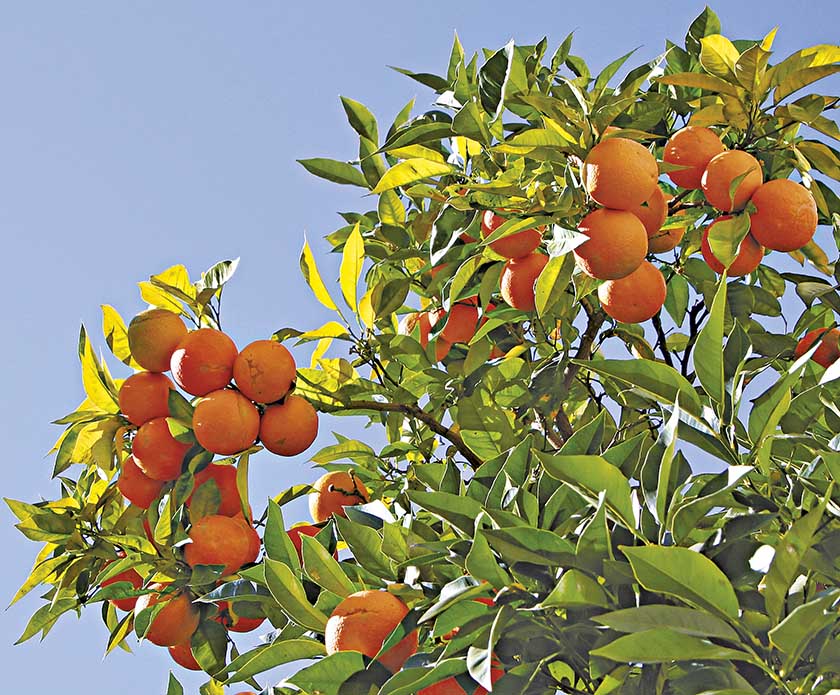
Doubles from £245 per night, excluding breakfast. 00 34 971 637 888, http://jumeirah.com. British Airways has return flights from £92 (britishairways.com).
The world’s most expensive spice has been celebrated at this annual festival since 1963. Locals compete to see who can separate the red stamens from the saffron flower the fastest.

The Hérault towns of Saint-Pons-de-Thomières and Olargues celebrate the yearly harvest with exhibitions and puddings made from chestnuts.
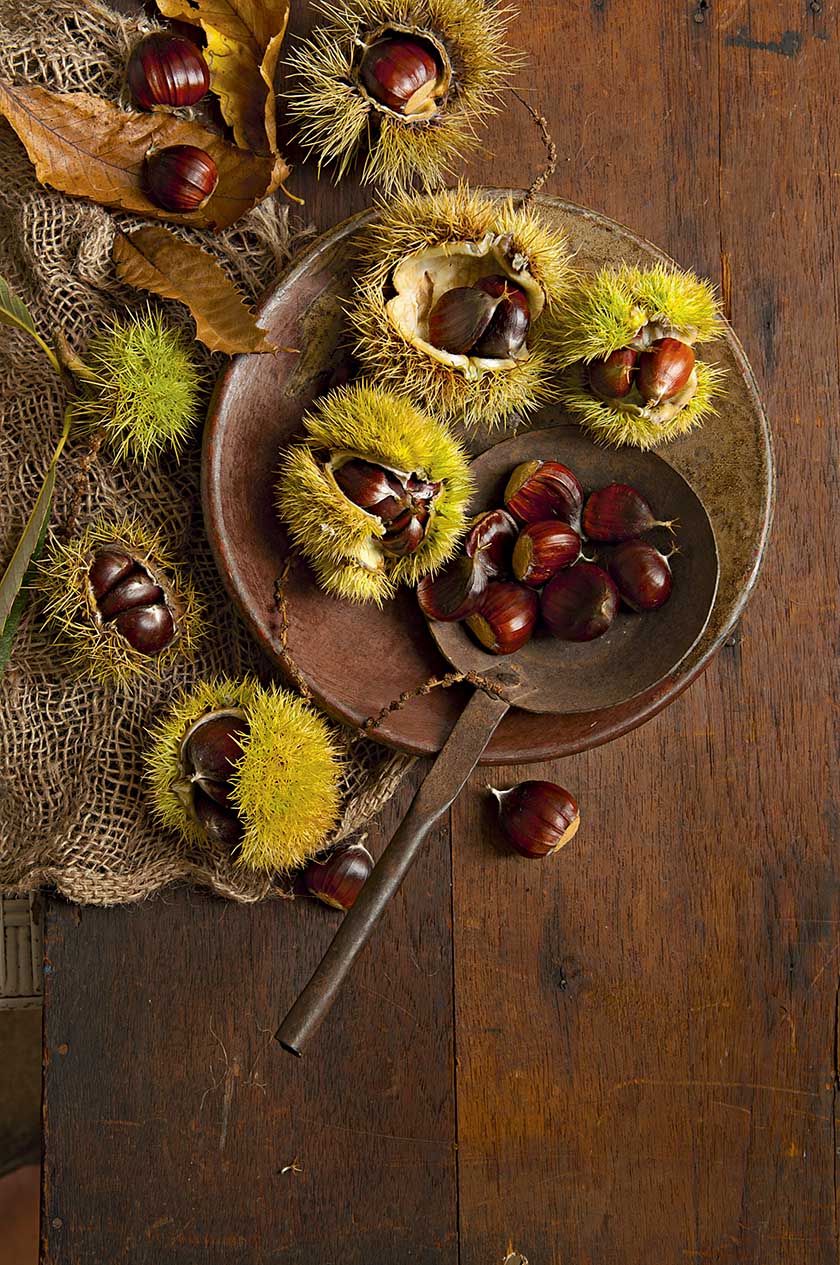
This medieval village in Tuscany marks white truffles with plenty of samplings.

The tenth annual festival will feature net making, cookery demonstrations and a variety of herring dishes.
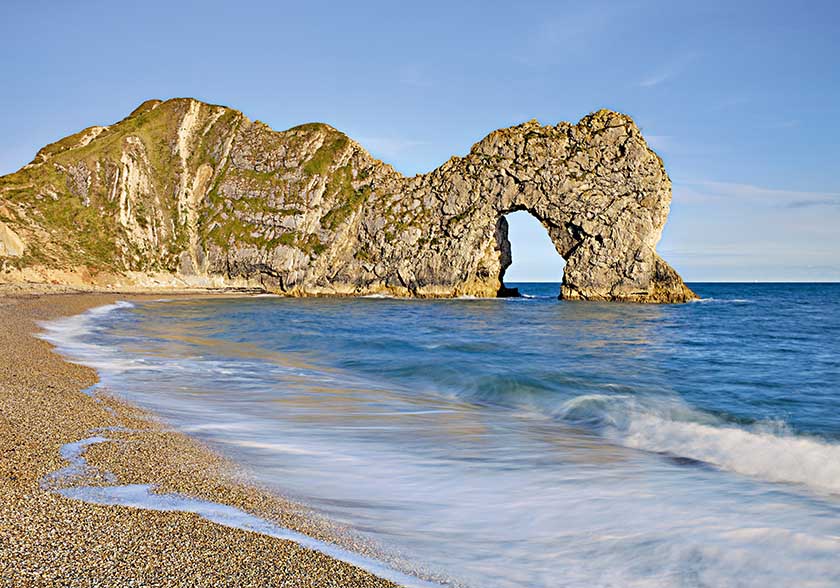
Enjoy the South Tyrol’s mix of Italian and Austrian cuisine with dumplings, strudel and cheese.
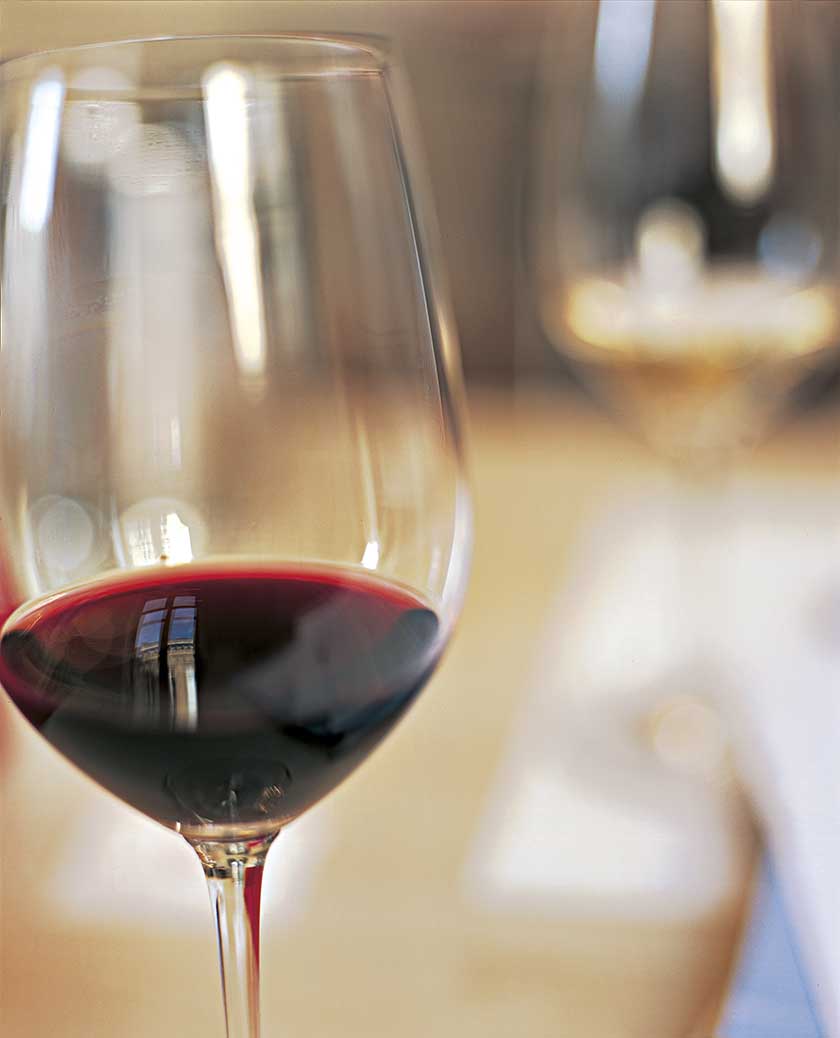
Subscribe and view full print editions online... Subscribe